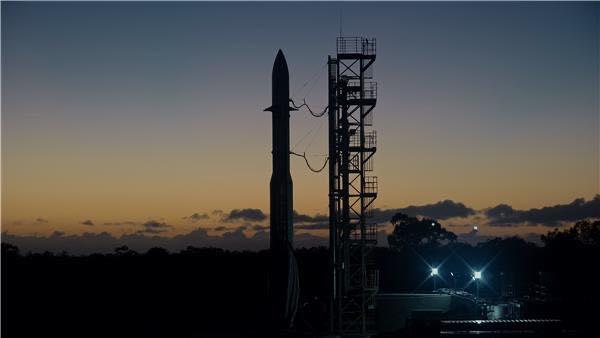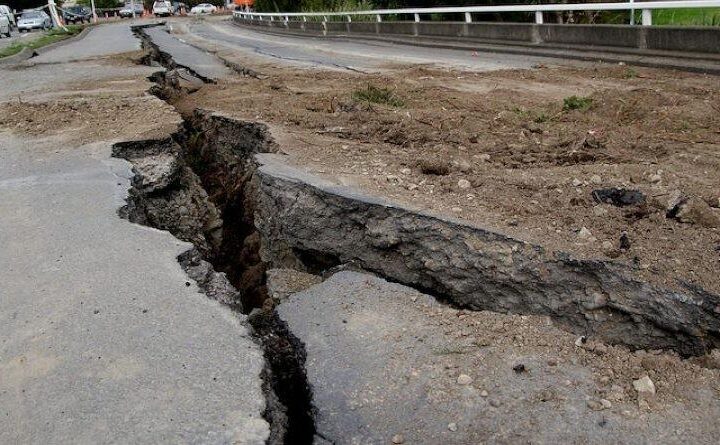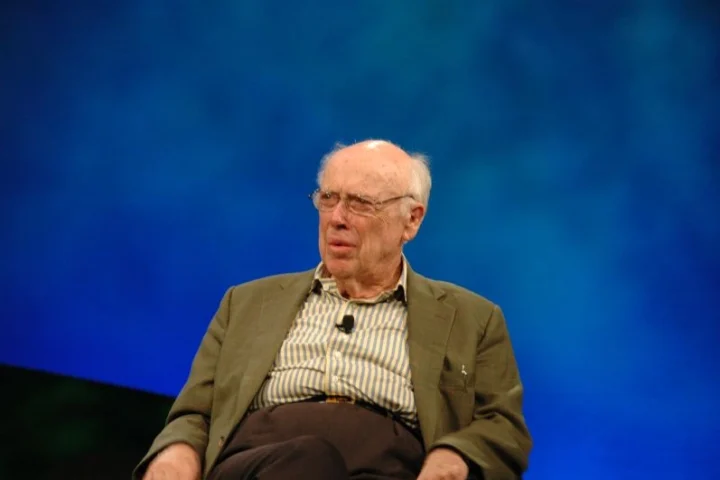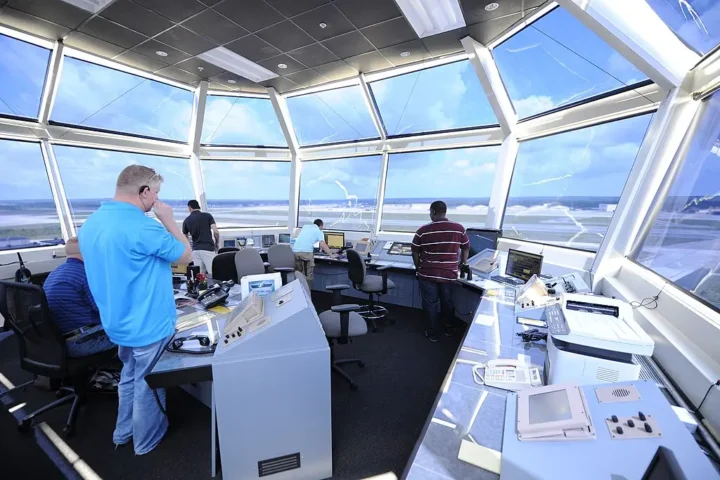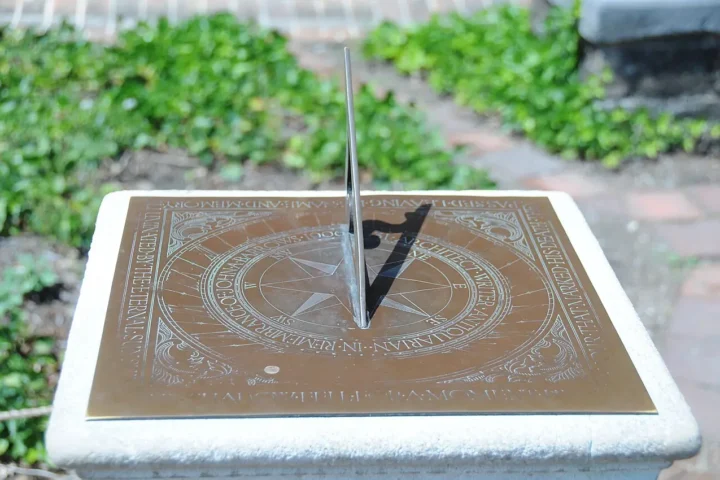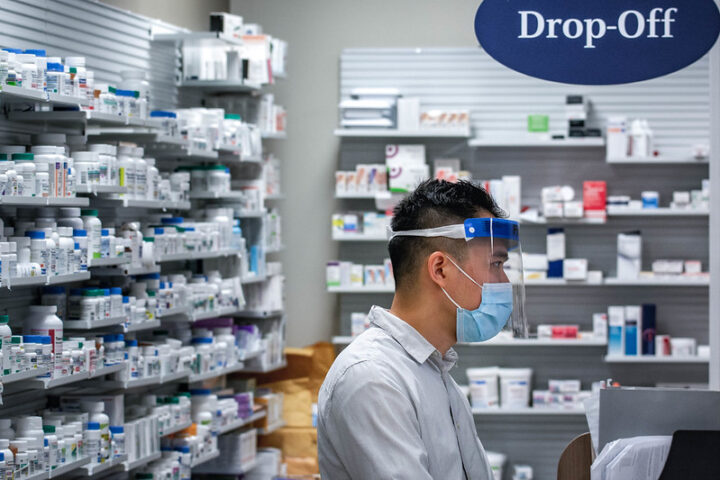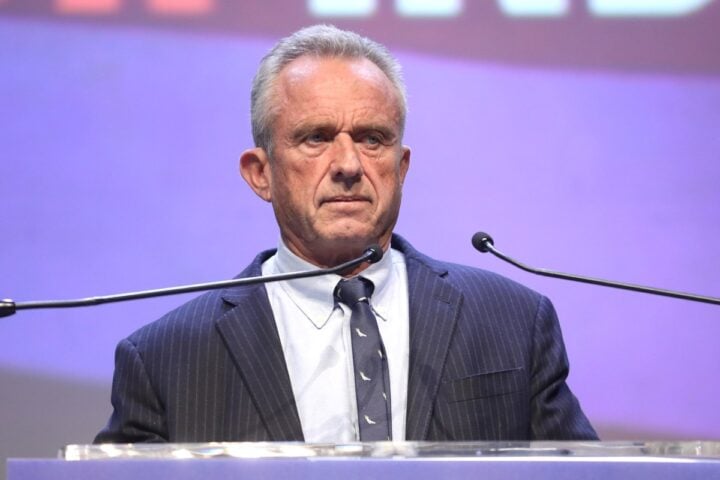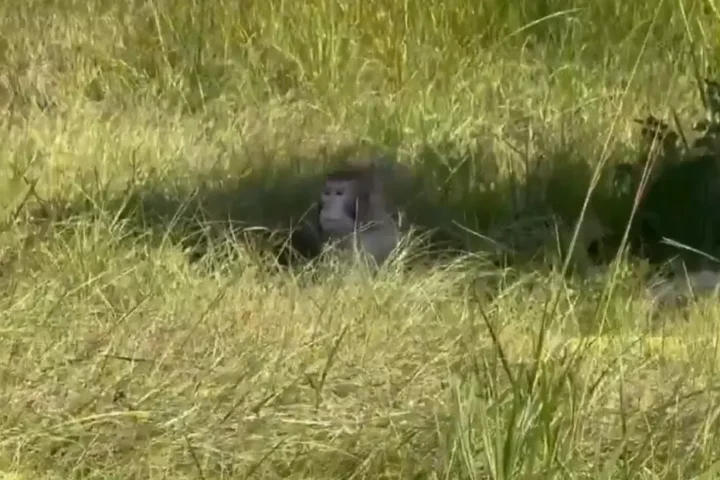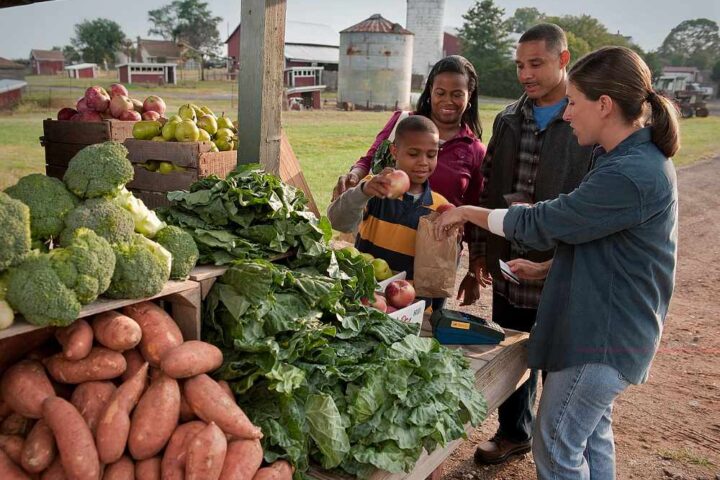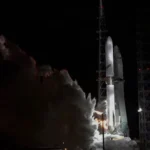Astronaut Rosemary Coogan spends six hours underwater in NASA’s largest training pool, practicing skills that might one day take her to the Moon. Inside her white spacesuit at the Johnson Space Center in Houston, she’s learning to work in space – one careful movement at a time.
“It’s very physically intense – and it’s very psychologically intense,” Coogan says, as a team spends 45 minutes helping her into the complex spacesuit. The massive pool, stretching 40 feet deep, holds a full-size copy of the International Space Station (ISS) where astronauts learn to handle repairs and emergencies in near-weightless conditions.
Born in Belfast in 1991, Coogan brings impressive scientific credentials to her astronaut role. With physics and astronomy degrees from Durham University and a doctorate from Sussex University, she beat 22,500 other applicants to join the European Space Agency (ESA) in 2022. Her background in the Sea Cadets and Royal Naval Reserve adds practical experience to her academic knowledge.
Former space station commander Aki Hoshide, who has completed four spacewalks, watches Coogan’s progress. “When we first start out, there’s so much information thrown at you, so many skills that you have to learn and demonstrate,” he explains. “It is baby steps, but they are moving forward.”
The training covers everything space life demands. In a separate facility, Coogan practices living in the ISS’s tight quarters. Here she learns essential skills, from handling scientific equipment to using the space toilet system that turns waste water into drinking water. Female astronauts can choose whether to suppress their periods with medication or use special filters designed for space conditions.
Similar Posts
During her underwater test, Coogan faces a surprise challenge. Her training partner pretends to lose consciousness, requiring her to perform a rescue after hours of demanding work. “You do a lot of mental preparation – you really think through every single movement,” she explains. “You have to be really efficient with your energy.”
NASA spacewalk instructor Jenna Hanson monitors every move through underwater cameras. “Rosemary has the endurance of a champion. She crushed it today,” Hanson says after watching Coogan successfully complete the rescue. “We’re really happy with where she’s at – she’s doing awesome.”
ESA plans to send Coogan to the ISS by 2030, following British space pioneers Helen Sharman, who visited the Soviet Mir Space Station in 1991, and Tim Peake, who lived on the ISS in 2015. With her expected 35-year career, Coogan could join NASA’s Artemis program, which plans to establish a sustained presence on the Moon as a stepping stone for deeper space exploration.
The European Space Agency’s partnership with NASA opens new possibilities for international space travel. The Artemis program includes plans for a space station orbiting the Moon, called the Lunar Gateway, where British companies are developing key components like refueling systems and communication equipment.

Standing next to a Saturn V rocket – the same type that carried Apollo astronauts to the Moon in 1969 – Coogan reflects on space exploration’s future. “It’s incredibly exciting that we, as humanity, are going back to the Moon, and of course, any way that I could be a part of that, I would be absolutely delighted.”
For now, she focuses on mastering each new skill, from the precise hand movements needed for spacewalks to emergency procedures. After completing her exhausting underwater training session, she remains enthusiastic about her ultimate goal. “If I could do that for the real space station – where you can look out and see the stars and see the Earth at the same time – that would just be the cherry on top.”


